How to get rid of rusty spots on leaves
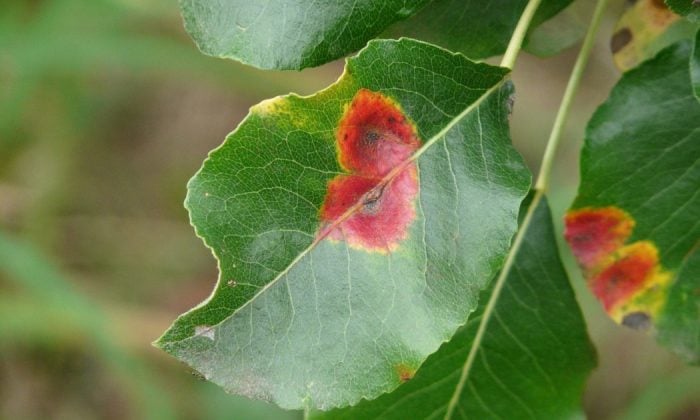
Rust on plants looks similar to rust on metal parts: orange spots and later even protrusions. Surprisingly, many people consider these spots a visual defect only, but you should know that it is a fungal disease and the affected plant can lose strength and may even die. It is only a matter of time before the rust spreads from leaves to other parts of the plant, so you need to act as soon as possible.
Why do rusty spots occur?
This fungal disease mainly affects plants that are weakened in some way. For example, by poor soil or prolong frosts, etc. It is a parasitic disease that thrives in high humidity and temperatures above 20 °C. Another condition that promotes the occurrence of this disease are dense tree branches – insufficient air circulation. If the weather is very rainy or foggy you need to be careful. Fungi are carried by the wind or you can bring the disease to your garden with new seedlings. Rusty spots usually develop in early spring, and it only takes one “host”. There is another type of rust disease which needs several hosts and appears during summer.
Photo: Pixabay
How does it spread?
Once rust spores land on a plant, they begin to form a network of mycelium, which is invisible to the naked eye. The first visible signs are the orange-brown spots on leaves. After that, orange convex spots form under leaves – under the fungal spores, which turn brown to black. First, the disease weakens the plant, leaves start falling off and the plant stops growing and producing flowers.
Which plants are most susceptible?
Well, both outdoor plants and plants in pots are susceptible, but among those that are attacked most often are plants where the fungus needs two hosts. Pear trees and junipers are the most susceptible – these are attacked by pear rust and therefore you should not plant these two plants next to each other . Currants, barberries, wheat, carnations, leafy spurge, roses, geraniums, mallows and irises are also often attacked.
How to get rid of rusty spots
Once you notice rusty spots you should not wait and take an action as soon as possible. The first step is to remove infected leaves (or other infected plant parts) and burn them. Do not put them in a composter. Fungal spores hibernate in soil. Getting rid of infected parts is very important. When you are done you may use chemical sprays. There are number of commercial preparations (fungicides) that are used as a treatment or prevention, but you can also prepare your own spray at home. The recipe is based on garlic and wormwood (400 g of fresh wormwood per 10 l of water and let it sit for 12 hours), horsetail (200 g of fresh horsetail per 10 l of water, boil for 30 minutes) or you may use grapefruit.
Prevention
Healthy plants are more resistant, so the basic prevention measure is to keep your plants healthy. Remove fallen leaves regularly, do not grow too thick or dense plants and make sure your garden is not excessively wet.
Source: https://www.pestik.cz/module/csblog/post/514-9-rez-esteticka-vada-okrasnych-rostlin.html
Preview photo: Pixabay

Gardening is my hobby, I have a lot of experience and I am happy to share it.
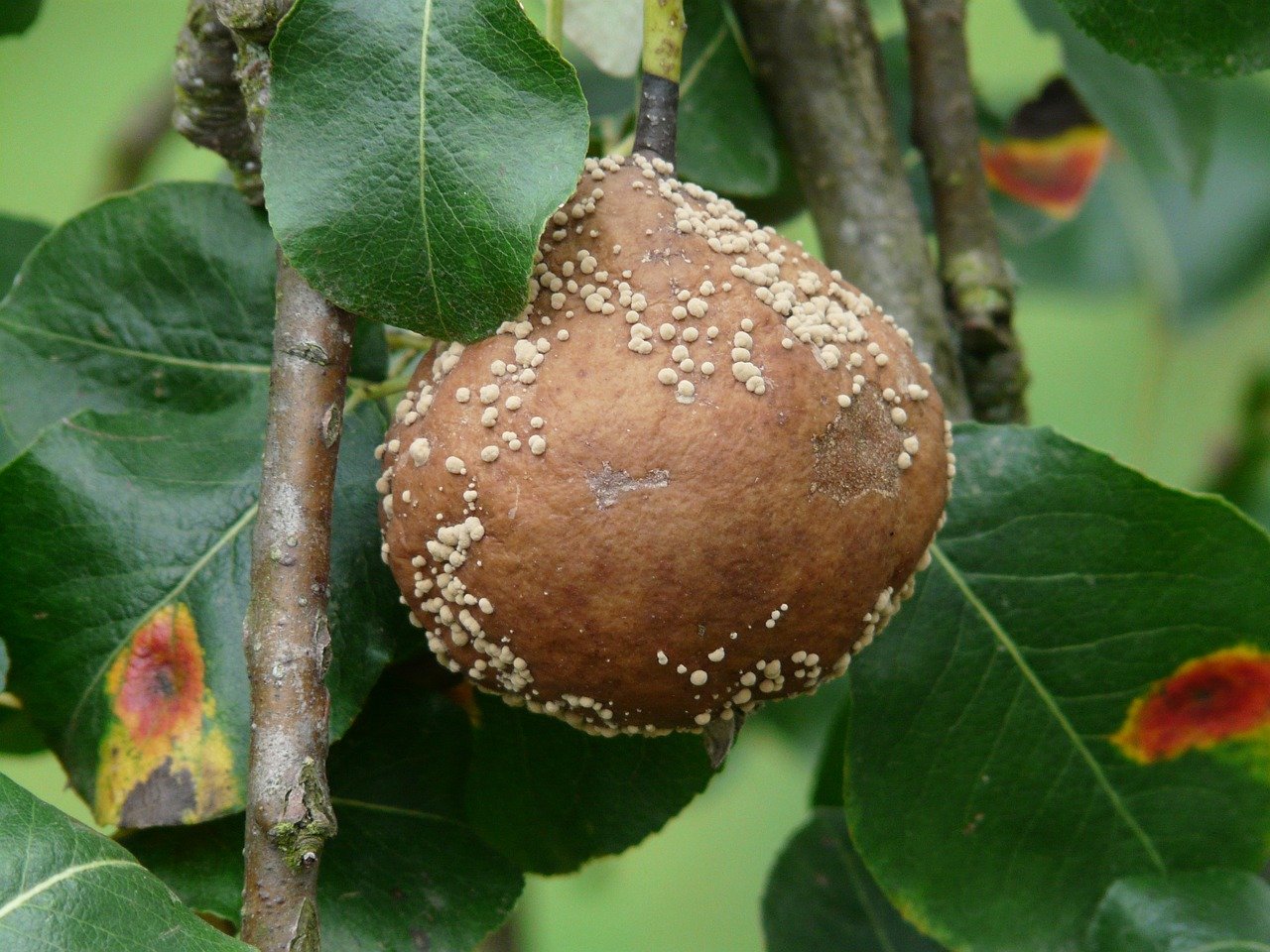


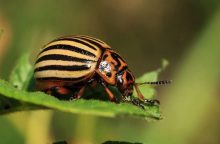
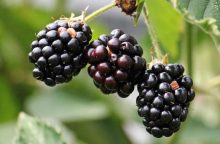



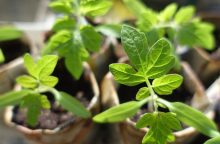
0 comments